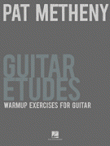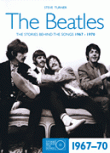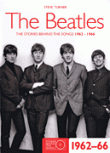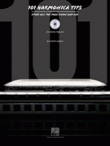HAMMOND ORGAN, THE
An Introduction to the Instrument and the Players Who Made It Famous
Scott Faragher

Cat #: HL-333245
Retail Price: $29.95
Our Price: $26.96
This item usually ships within 5 to 7 business days.
Questions?
Please call +1-518-587-1102 or email us.
Edition: Paperback Book
Description: 390 Pages
This book includes everything from various models from the original 1935 Model A tube/tone wheel organs, to the solid-state (transistor) era, to the current digital age, with production dates and photos for each. The book also provides a complete history of the Hammond tone cabinets, as well as the famous Leslie speaker, from the first models through the present, with photos and technical data for each. Scott Faragher's account of the demise of the original company, its limbo, and its rebirth is supplemented by many observations from former and current employees of both the original and the new companies. Also included is a comprehensive buyers' guide telling where to find and buy a vintage organ, what to look for, which models to avoid, and what to pay, as well as important technical tips.
More than 200 artists in all fields who recorded using the Hammond organ are profiled, with pertinent discographies and photos. Among the many world-famous organists who have contributed to this book through interviews and observations are James Brown, Brian Auger, Goldy McJohn (Steppenwolf), Jimmy Greenspoon (Three Dog Night), Richard “Groove” Holmes, Joey DeFrancesco, Steve Winwood (Spencer Davis Group, Traffic), Gregg Rolie (Santana), Rev. Charles Hodges (Al Green), Lenny Dee, Rod Argent (The Zombies, Argent) Greg Hatza, Hank Marr, Gene Ludwig, Melvin Rhyne (The Wes Montgomery Trio), Al Kooper (Blues Project, Blood, Sweat & Tears, Bob Dylan), Carlton Lattimore (Joey Dee and the Starliters).
“Scott Faragher pulls out all the stops. Everything you'll ever want to know about the Hammond organs – and those who put the soulful instruments on the map.” – Marc Myers (JazzWax.com, Wall Street Journal)









